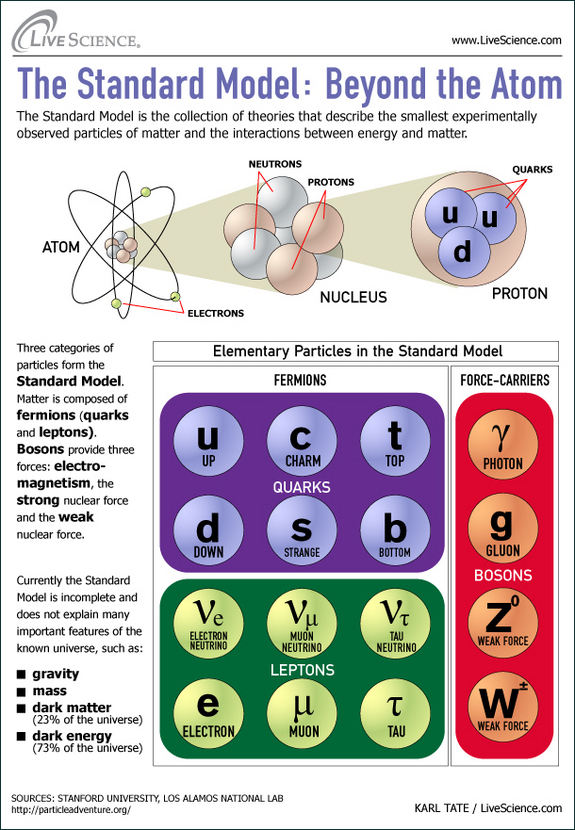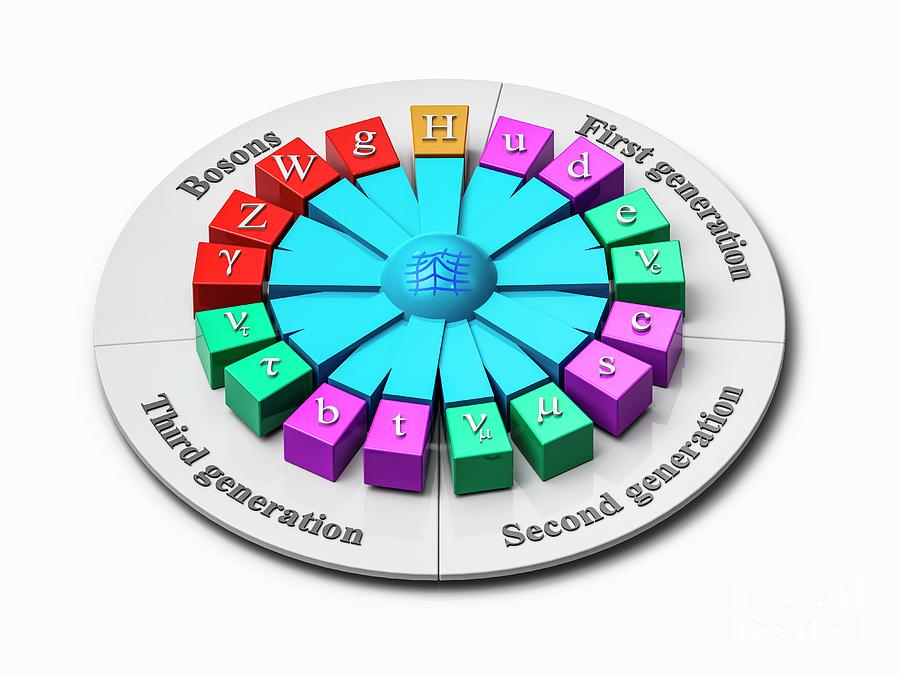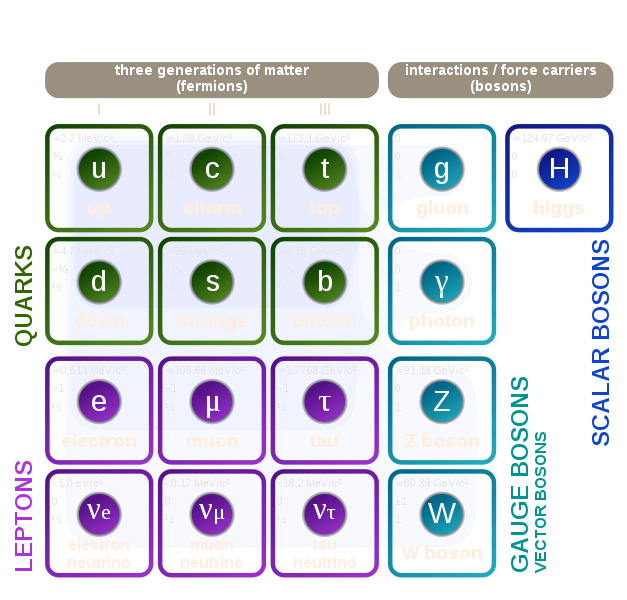


The Pauli exclusion principle obeyed by fermions is responsible for the stability of the electron shells of atoms (thus for stability of atomic matter). So, fermions possess "rigidness" and thus sometimes are considered to be " particles of matter ". They "resist" being placed close to each other. They obey the Fermi-Dirac statistics and the Pauli exclusion principle. įermions, cannot occupy the same quantum state as each other. Quarks, leptons and baryons are all fermions. Named for Italian physicist Enrico Fermi. ( See more.)įermion: name for a particle that is a matter constituent, characterized by spin in odd half integer quantum units (1/2,3/2,5/2.). These exotic hadrons were predicted by theorists at the same time as conventional hadrons, about six decades ago, but it is only in the 21st century that they have begun to be observed, by the LHCb and other experiments. However, on rare occasions, they can also combine into particles of four and five quarks, or " tetraquarks" and " pentaquarks". This is a radically new feature of the strong force, never before encountered, but understandable in terms of the details of the strong forces characteristics.Īs mentioned above, quarks usually combine in groups of two and three to form hadrons. The nature of the strong force between quarks does not permit isolated individual quarks to exist. Therefore, we cannot measure their mass by isolating them. Quarks only exist inside hadrons because they are confined by the strong force fields.

Protons and neutrons are the most known baryons and pions and kaons are the most known mesons. Leptons ( electrons, muons or tau ) can exist being isolated but quarks are mostly associated in three (baryons) or in pairs quark and antiquark (mesons). There are six types (also so-called flavors) for quarks and leptons. Hadrons are formed by quarks, so they are not considered elementals, but leptons have no structureand they are thus truly elementary. Particles that are affected by the strong nuclear force are called hadrons, whereas leptons are not affected. For the weak nuclear force the exchange-particle is W+, W- or Zº. For the strong nuclear force the exchange-particle is the gluon (nuclear "glue"). It is the non-zero rest mass of the short-range force-mediating particles which causes them to decay quickly and thereby limits their range. Whereas inverse-square forces have no range-limits. Short-rangeforces only operate at very short ranges through the exchange of particles. Gravity is only included in the Standard Model by tentative hypothesis, but gravitons have never been directly observed.Īt very high energies levels and very small scales the other three forces become almost identical, but the convergence is imperfect.Įlectromagnetic & gravitational forces vary as the inverse square of distance without limit (to infinity).īut the strong and weak nuclear forces are short-range rather than inverse-square forces.


 0 kommentar(er)
0 kommentar(er)
